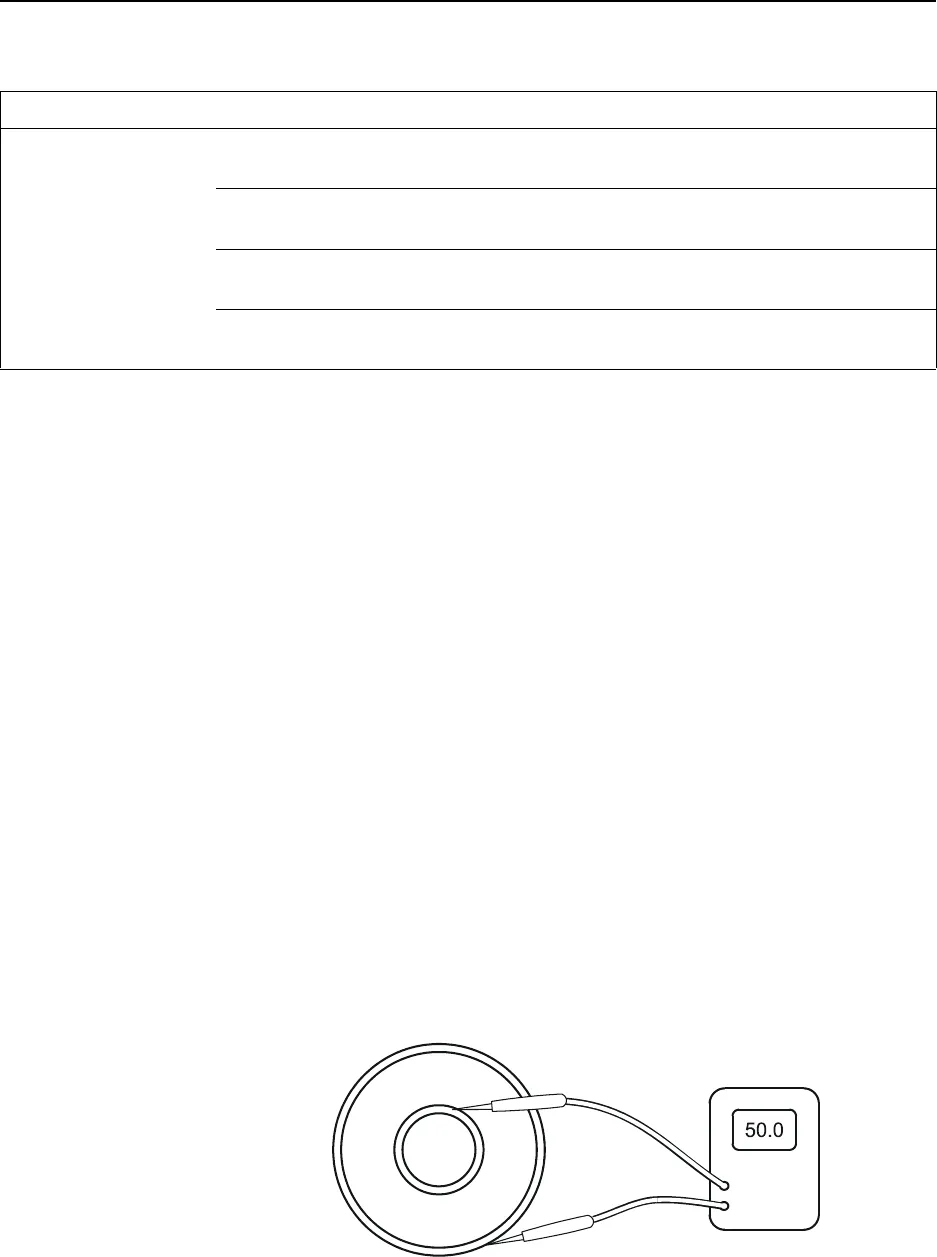
Bird 8920 Series Semiconductor Termaline Coaxial Load Resistor
12
Maintenance
Cleaning The outside surface of the instrument should be wiped free of dust
and dirt when necessary. Excessive dust on the cooling fins will
interfere with heat dissipation. Clean the RF connector, both metallic
and insulating surfaces, with a dry, non-residue forming solvent.
Inspection Inspect the unit every six months. Check for coolant leakage around
the clamping band and the thermoswitch. Also check for corrosion.
DC Resistance Measuring the dc resistance between the inner and outer conductors
of the RF connector provides a good check of the condition of the load
resistor. This simply measures changes in the resistor’s condition
over time. Under normal operating conditions, the resistor should
provide at least 5,000 hours of operation before requiring any
additional service. DC resistance tracking must start before the
resistor is put into service, and should be measured annually.
Perform the following steps and record the value for future
comparison. Make sure that you have an ohmmeter with an accuracy
of ±1% at 50 ohms and that the load temperature is between 20 and
25 °C (68 to 77 °F) before starting.
Overheating
radiator
RF power too high Lower RF power (See “Specifications” on
page 16 for maximum RF power)
Coolant level too low Check the coolant level. Add coolant if
necessary (See “Coolant Level” on page 13)
Coolant degraded Replace the coolant
(See “Coolant Level” on page 13)
Faulty resistor Replace the resistor
(See “Load Resistor” on page 14)
PROBLEM POSSIBLE CAUSE CORRECTION
Figure 5
Measuring
Resistance










